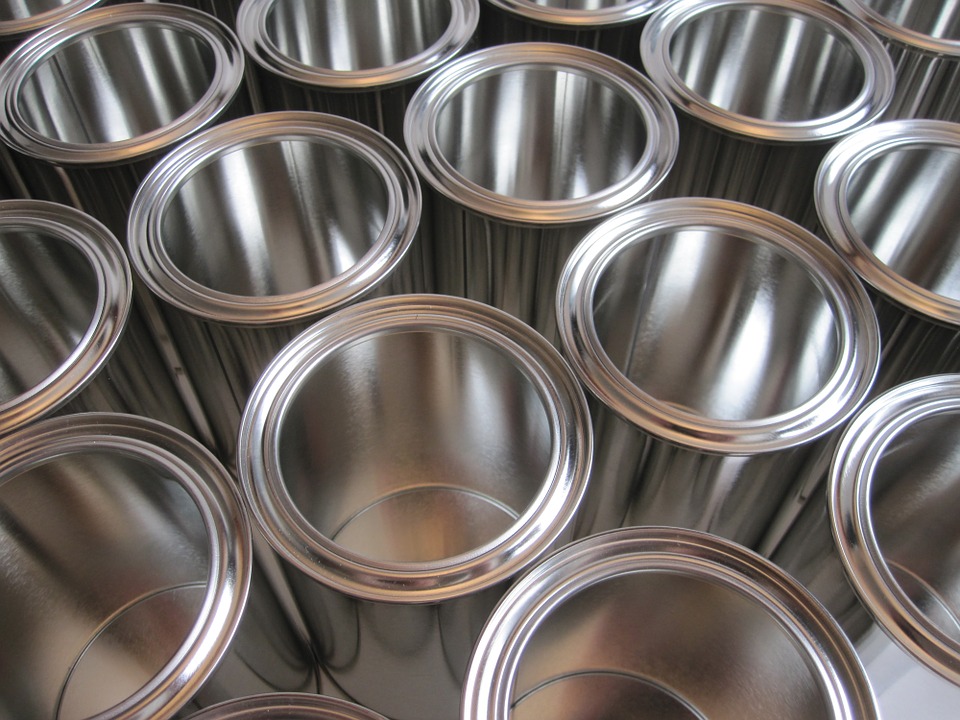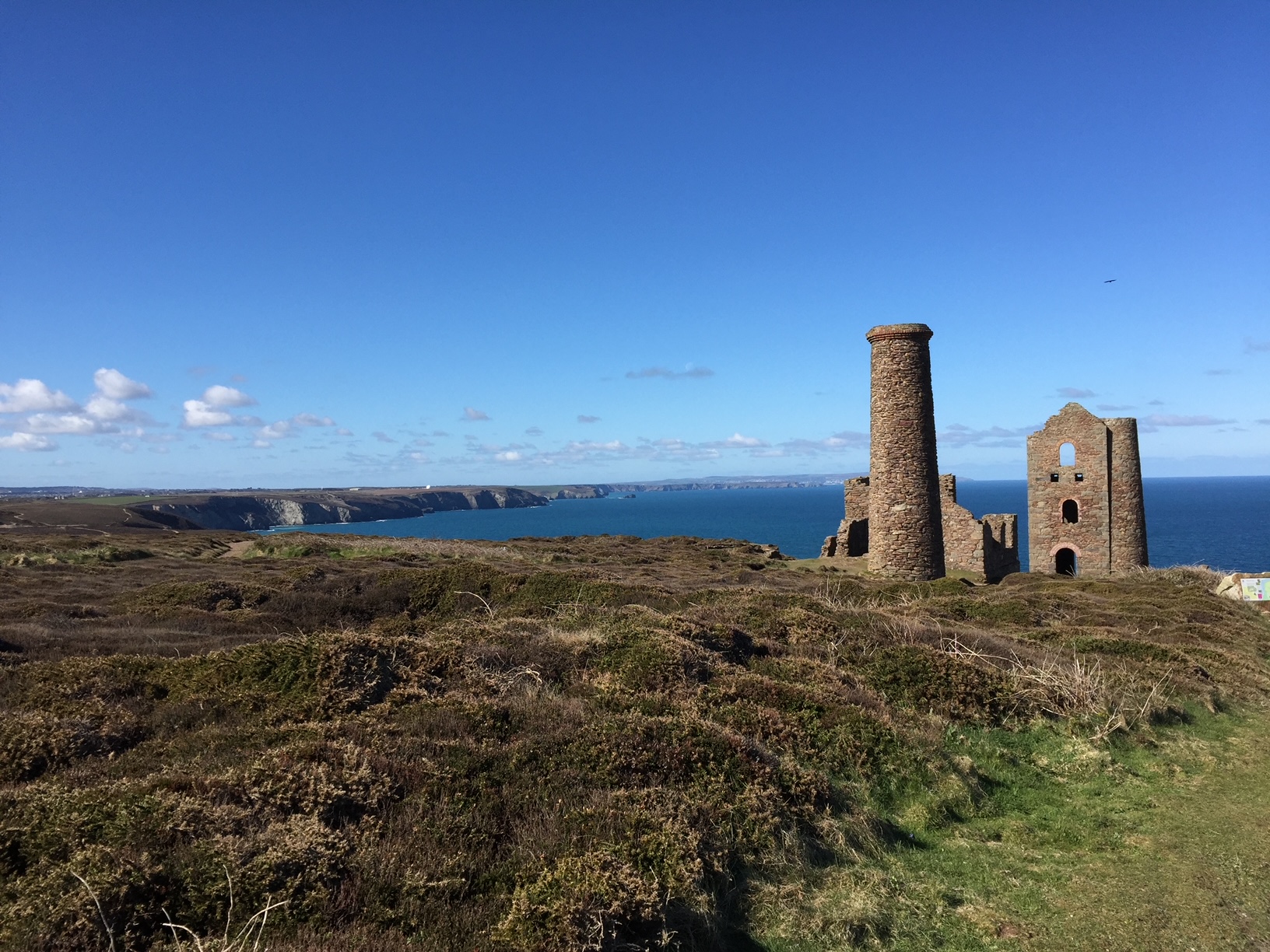Tin
Contents |
[edit] Introduction
Tin is a metal that is extracted from ores. The predominant source of tin is cassiterite (SnO2), which is the oxide form of tin, a highly crystalline, silvery coloured metal.
The word 'tin' can also describe a container, generally made from metal.
[edit] Properties of tin
Tin is pliable and light, so it can be formed into different shapes when worked. In its refined state, tin is corrosion resistant, which is one of the reasons it is often used to coat (or plate) other substances such as copper, lead, nickel or zinc. However, it is not impervious to corrosion from certain acids or alkalis.
Tin sheets (sometimes referred to as tinplate) are made from thin sheets of iron or steel coated with tin. Tinplate is corrosion resistant and non-toxic, which makes it suitable for lining steel cans and other items that require protection from deterioration due to rust.
While tin itself is too soft and brittle to be used on its own, it can be melted and combined with other metals to form several commonly used alloys. For example, tin and copper forms the alloy bronze, tin and lead produces both pewter and solder and tin combined with silver (and other metals) creates amalgam for dental work.
[edit] History
The discovery of tin dates to the Bronze Age - a period of history during which humans moved away from working solely with stone to produce objects such as weapons and tools. Early examples of materials made from tin date to roughly 3500 BCE in Anatolia (modern day Turkey), while evidence in the UK is later - approximately 2000 BCE.
The use of metals such as tin was not entirely unknown prior to the Bronze Age, but objects from earlier periods were usually made from a single type of metal. These objects were not suitable for tasks that required durability.
During the Bronze Age, the discovery of the smelting process allowed humans to combine copper and tin to produce bronze - a metal alloy much harder than pure tin. The durability and superiority of this substance has been proven by the numerous bronze artefacts of the period that have survived over many centuries.
It was during the Bronze Age that burial mounds (or ‘round barrows’) became more common. These personal graves sometimes included objects made of bronze and pewter. Pewter is an alloy made from a combination of tin, lead, copper and other materials.
The mining of copper and the acquisition of tin resulted in the development of valuable bronze metalworking skills that produced fine tools and other durable implements. As these skills progressed, farming based cultures began to rely more on hunting based activities to supplement their food supplies. This resulted in the increased production of a wide range of bronze weapons and tools such as axes, knives, spears and daggers, as well as ornamental items such as rings, beads, pins and bracelets.
The existence of tin deposits in England was not widely known outside of the country for several centuries, but the increased demand for bronze tools prompted other civilisations to search abroad for deposits of this valuable resource. Phoenician and Greek explorers were the first to discover the tin mines in what is now Cornwall, and then Roman invaders followed in their attempt to control the tin trade. It was the Romans who first started using tin to plate materials such as copper, to protect them and keep them shiny.
The Bronze Age is believed to have lasted in the UK until roughly 700 BCE, which marked the beginning of the Iron Age. However, tin continued to be widely used in instances where moisture - such the combinations of salt water and maritime objects - was an ongoing concern.
|
Wheal Coates tin mine in Cornwall opened in 1802 and was worked until 1889. As the tin industry declined, most of the miners left Cornwall in search of work overseas. |
By the 1800s, thousands of people in the UK worked in the tin mines and associated professions. In Cornwall alone, it is believed that nearly 30,000 people were employed by the mining industry at its peak in the middle of the century. The demand for tin experienced a sharp decline just prior to the start of the 1900s.
[edit] Tin in the modern age
The specialised use of tin and its alloys has continued into modern times, including:
- Decorative tin-plated ceilings.
- Optoelectronic applications (such as liquid crystal displays).
- Tin plated copper kitchenware.
- Superconducting magnet coils.
- Float glass production (using molten tin).
- Metal pipes in a pipe organ (made from an alloy of tin and lead).
- Tin has been combined with other materials to produce new alloys such as Babbitt metal, Britannia metal and German silver (or argentine).
[edit] Related articles on Designing Buildings
Featured articles and news
How big is the problem and what can we do to mitigate the effects?
Overheating guidance and tools for building designers
A number of cool guides to help with the heat.
The UK's Modern Industrial Strategy: A 10 year plan
Previous consultation criticism, current key elements and general support with some persisting reservations.
Building Safety Regulator reforms
New roles, new staff and a new fast track service pave the way for a single construction regulator.
Architectural Technologist CPDs and Communications
CIAT CPD… and how you can do it!
Cooling centres and cool spaces
Managing extreme heat in cities by directing the public to places for heat stress relief and water sources.
Winter gardens: A brief history and warm variations
Extending the season with glass in different forms and terms.
Restoring Great Yarmouth's Winter Gardens
Transforming one of the least sustainable constructions imaginable.
Construction Skills Mission Board launch sector drive
Newly formed government and industry collaboration set strategy for recruiting an additional 100,000 construction workers a year.
New Architects Code comes into effect in September 2025
ARB Architects Code of Conduct and Practice available with ongoing consultation regarding guidance.
Welsh Skills Body (Medr) launches ambitious plan
The new skills body brings together funding and regulation of tertiary education and research for the devolved nation.
Paul Gandy FCIOB announced as next CIOB President
Former Tilbury Douglas CEO takes helm.
UK Infrastructure: A 10 Year Strategy. In brief with reactions
With the National Infrastructure and Service Transformation Authority (NISTA).
Ebenezer Howard: inventor of the garden city. Book review.
The Grenfell Tower fire, eight years on
A time to pause and reflect as Dubai tower block fire reported just before anniversary.
Airtightness Topic Guide BSRIA TG 27/2025
Explaining the basics of airtightness, what it is, why it's important, when it's required and how it's carried out.
Construction contract awards hit lowest point of 2025
Plummeting for second consecutive month, intensifying concerns for housing and infrastructure goals.
Understanding Mental Health in the Built Environment 2025
Examining the state of mental health in construction, shedding light on levels of stress, anxiety and depression.

























